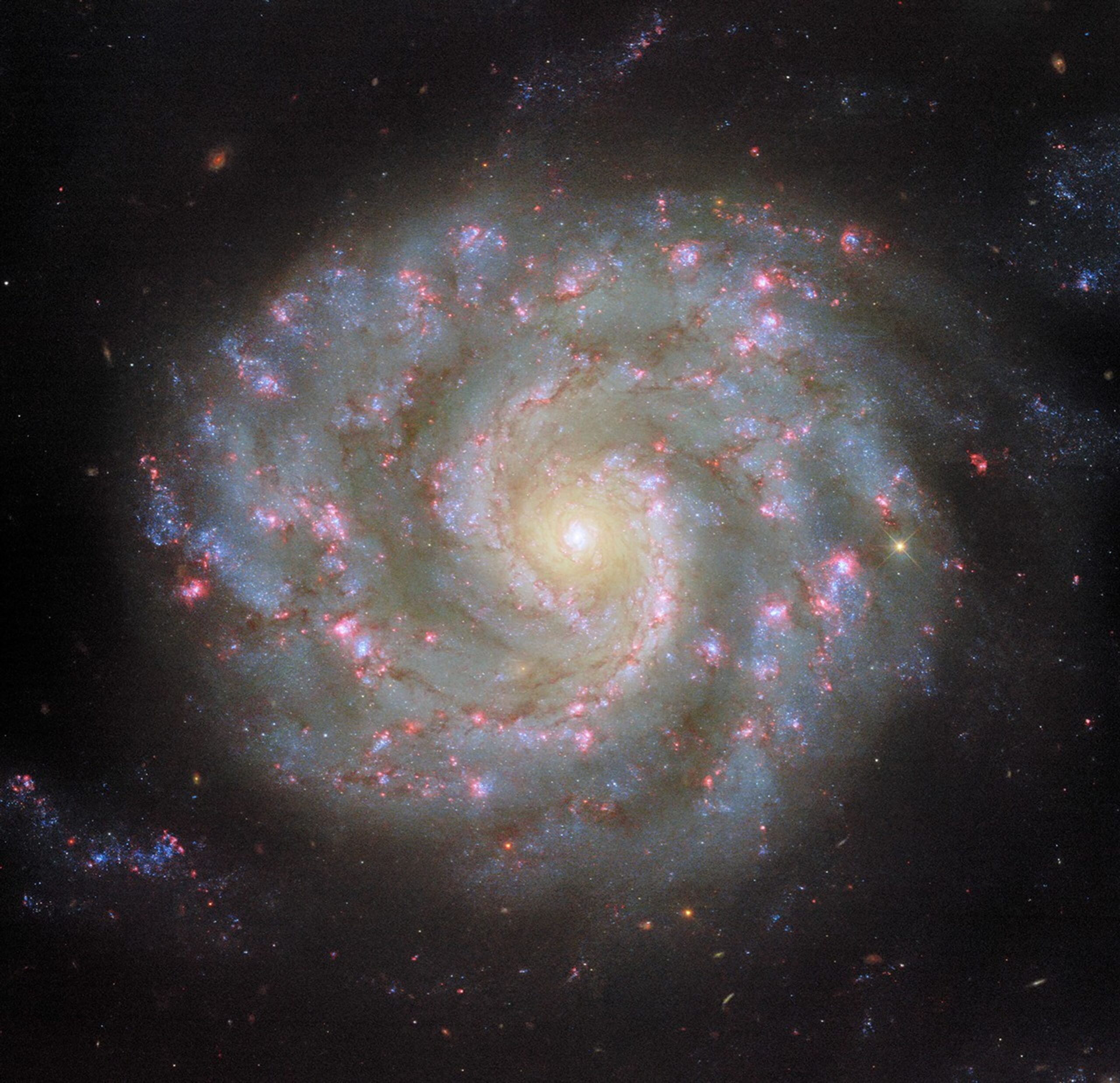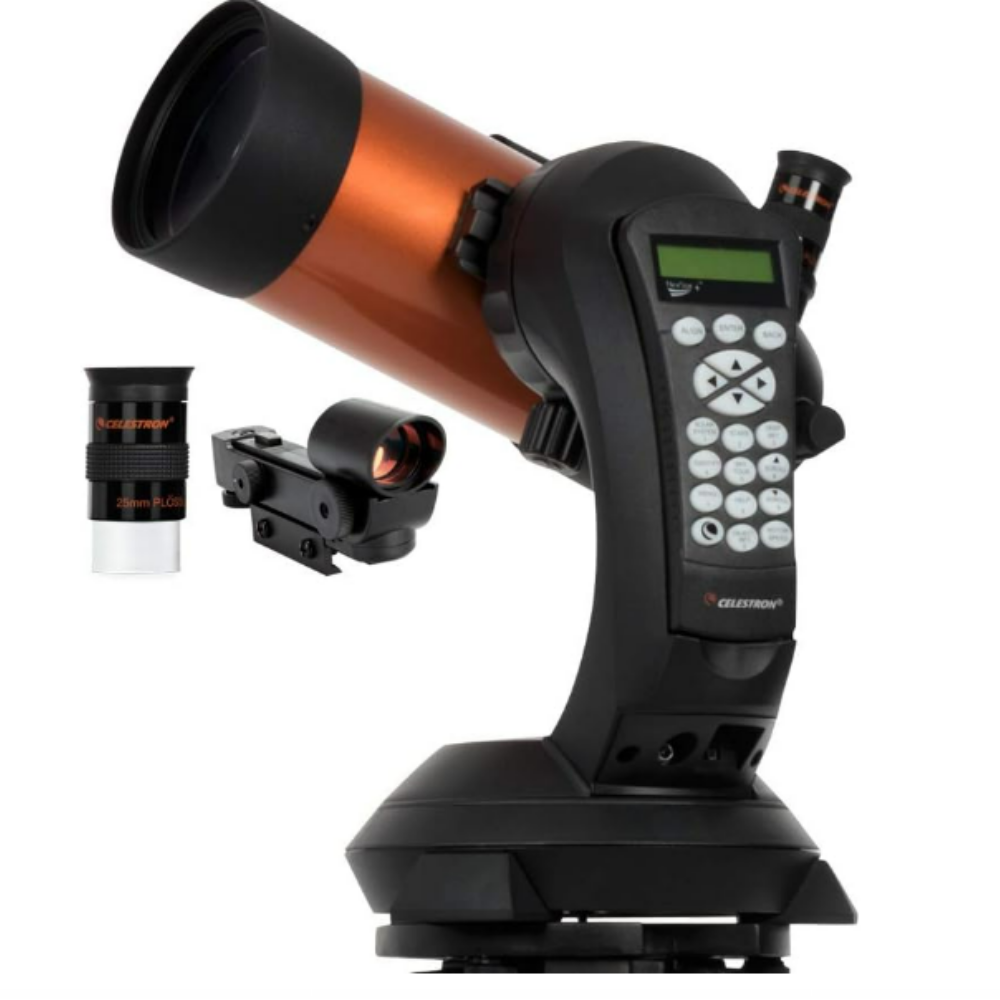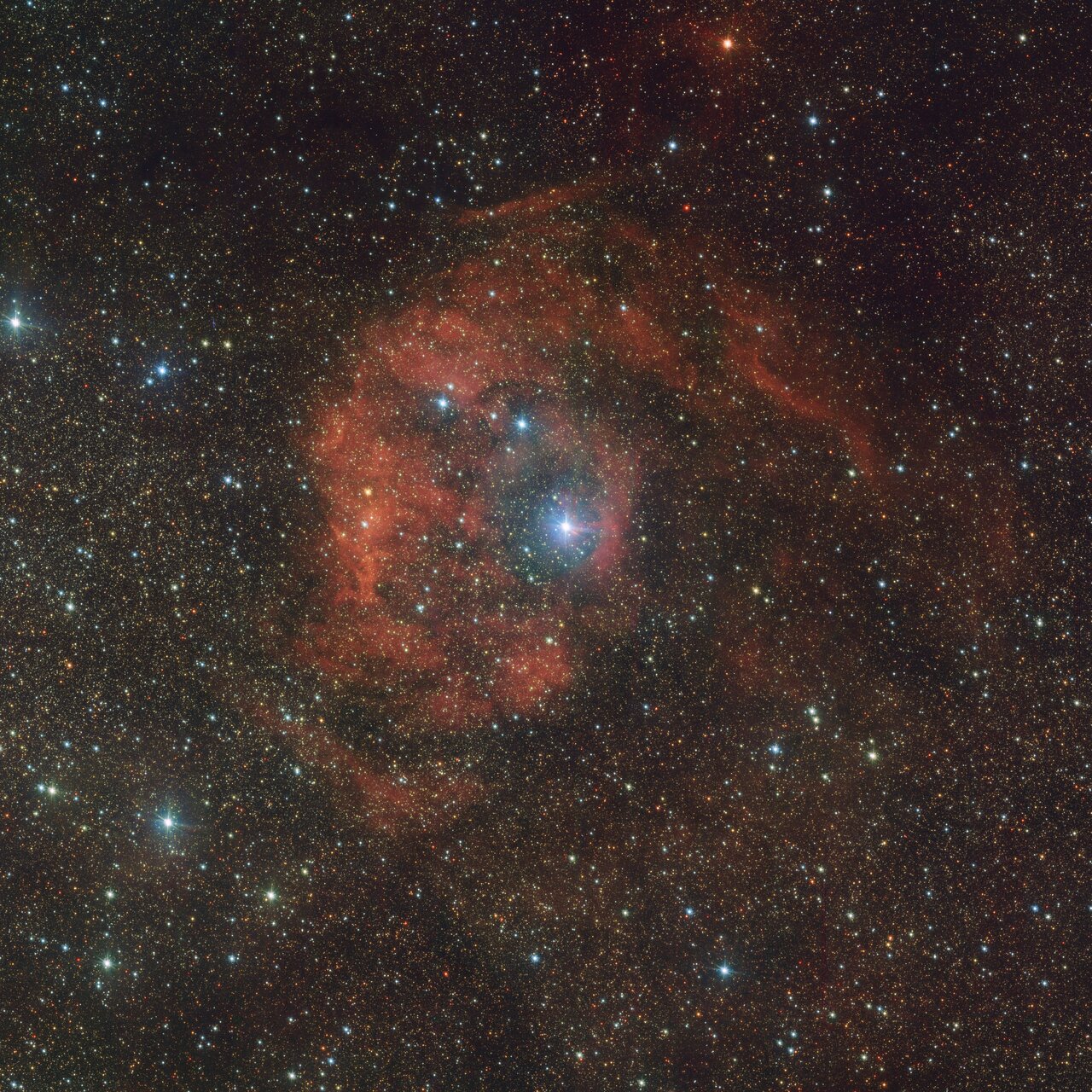Explore Hubble Hubble Home Overview About Hubble The History of Hubble Hubble Timeline Why Have a Telescope in Space? Hubble by the Numbers At the Museum FAQs Impact & Benefits Hubble’s Impact & Benefits Science Impacts Cultural Impact Technology Benefits Impact on Human Spaceflight Astro Community Impacts Science Hubble Science Science Themes Science Highlights Science Behind Discoveries Hubble’s Partners in Science Universe Uncovered Explore the Night Sky Observatory Hubble Observatory Hubble Design Mission Operations Missions to Hubble Hubble vs Webb Team Hubble Team Career Aspirations Hubble Astronauts News Hubble News…
Read MoreDay: May 9, 2025
Watch the moon and bright star Spica meet in a celestial dance on May 9
The bright star Spica will appear to dance around Earth’s moon on the night of May 9. Here’s how to catch the celestial pair at play ahead of next week’s full ‘Flower Moon’. Stargazers should look for the moon and Spica hanging above the eastern horizon on May 9 after sunset. The waxing gibbous moon will shine brightly, with just a thin crescent of shadow along its edge. Look to its lower left after 10 p.m. local time — once astronomical twilight fades, the bright star Spica will become easier…
Read MoreZWO Seestar S30 all-in-one smart telescope review
ZWO’s entry into the smart telescope market is the Seestar S30, a compact and highly portable instrument. This model is available in both 30-mm- and 50-mm-aperture versions, but this review focuses on the former, which comes at a recommended retail price of just $349. But is the Seestar S30 the bargain of the century, or do you get what you pay for? ZWO Seestar S30 All-in-One Smart Telescope: Design The Seestar S30 has a compact, minimal design. (Image credit: Future) ★★★★ Compact design Very quiet mechanism Small 30-mm aperture, with…
Read MoreCosmic imposter bathes distant nebula in fiery red glow: ‘This star should not be here’
A dazzling new image from the European Southern Observatory’s VLT Survey Telescope in Chile has revealed an unusual cosmic tale unfolding 6,000 light-years away in the Serpens constellation. The snapshot features the vivid red nebula Sh2-46 — also known as Gum 80 — lit up in a fiery hue due to intense radiation coming from a brilliant blue-white star nestled at its heart. The stellar behemoth is among the rarest and most luminous stars in the universe, wielding significant influence over its surroundings. Despite its dominant presence, astronomers believe this…
Read More


